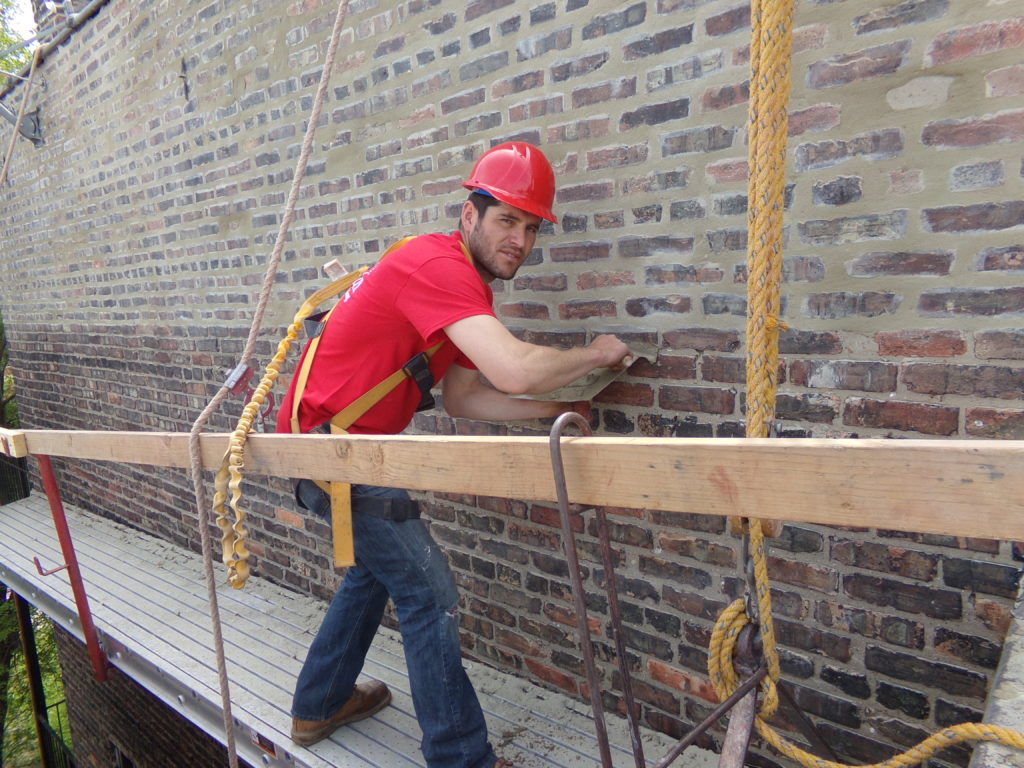Hi, first time poster. I'm in the middle of building a breeze block wall to enclose my patio (whoxh is really just an extension of my foundation that is 21" to the ground and a minor falling hazard). After a lot of forums and YouTube I decided to use Quickcrete mortar as the base to stick the blocks to the foundation and heavy duty adhesive between every face of every block. I didn't think I was up for mortaring each joint since I've never used it (this is my first "masonry" project). I used mortar really to get the blocks as level and plumb as I could so to account for unevenness of the foundation and make the blocks sit a little more neatly. I figured a long stretch of breeze blocks alone would not be very sturdy so I put columns every 6ft that are cinderblocks I adhered together and I was going to pour concrete in them to make them even sturdier.
So far I'm liking the way it looks and as the mortar and adhesive dry it is feeling pretty sturdy as I try to move it. I'm just curious about a few things:
Was this a bad idea? Will this not hold up over time without mortar joints and rebar? I figured I could get by with this approach since the wall is only 3ft and "mostly" decorative. It's structural in a sense but no one will be standing on it and it's not holding anything else up.
Do I need to do anything to the mortar to help it cure properly? It may be too late (I did the first section of wall 4-5 days ago and I have one more section to go).
Do I need to take more steps to fill in any small cracks between the blocks? Squeezing some kind of sealant in there or painting over everything with a sealant? If I don't do this will the wall come apart?
I think that's it. I just got nervous about my plan half way through that I'm doing something stupid that isn't going to last. And I'll have hauled 1500 lbs of masonry units by hand into my backyard for nothing and be out $700 (plus a huge mess to clean up).
I liked this approach because it was cheaper than other railing solutions I found (3k for parts alone for a custom cable rail solution). I also opted to save 1k and do this install myself since I have more time than money right now.
I'm open to any advice. Thanks!
![Image]()
![Image]()
![Image]()
![Image]()
![Image]()
![Image]()
![Image]()
![Image]()
So far I'm liking the way it looks and as the mortar and adhesive dry it is feeling pretty sturdy as I try to move it. I'm just curious about a few things:
Was this a bad idea? Will this not hold up over time without mortar joints and rebar? I figured I could get by with this approach since the wall is only 3ft and "mostly" decorative. It's structural in a sense but no one will be standing on it and it's not holding anything else up.
Do I need to do anything to the mortar to help it cure properly? It may be too late (I did the first section of wall 4-5 days ago and I have one more section to go).
Do I need to take more steps to fill in any small cracks between the blocks? Squeezing some kind of sealant in there or painting over everything with a sealant? If I don't do this will the wall come apart?
I think that's it. I just got nervous about my plan half way through that I'm doing something stupid that isn't going to last. And I'll have hauled 1500 lbs of masonry units by hand into my backyard for nothing and be out $700 (plus a huge mess to clean up).
I liked this approach because it was cheaper than other railing solutions I found (3k for parts alone for a custom cable rail solution). I also opted to save 1k and do this install myself since I have more time than money right now.
I'm open to any advice. Thanks!





